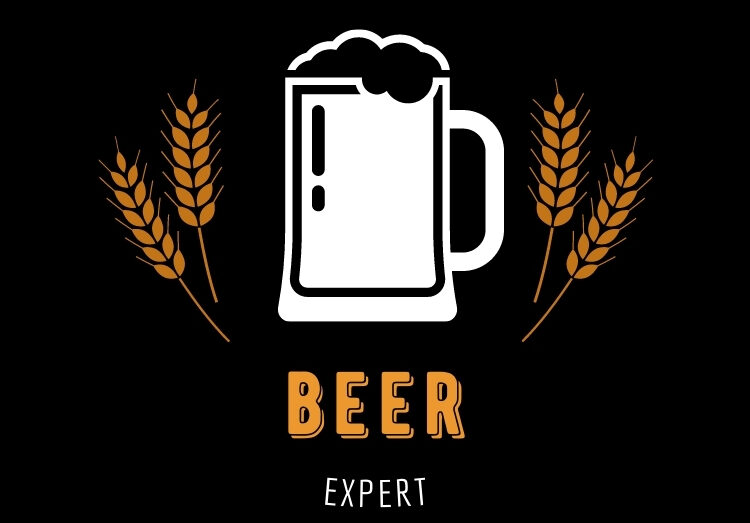A recently published report into the beer industry conducted by Venn Research Incorporated estimated the U.K. beer market generated was worth £52.2 billion at the point of sale in 2005. Beer, despite falling in overall consumption in the year previous to this study (partly due to its high taxation) is clearly a huge business – overall profit rose by 16% between 2001 and 2005. The prevalence of beer as our national drink for hundreds of years is partly due to the industry’s ability to constantly change its production and marketing strategies in order to appeal to new and more demanding generations. This has, arguably, led to a two tier system of production, with mass produced lower quality beers supplying a huge market, whilst craft brewed beers have begun to make massive inroads in attracting customers who enjoy traditionally brewed ale.
Lager and the Big Breweries
According to the ‘Breweries and the Beer Market Report‘, 2006, lager accounts for 68% of the total beer market in the U.K. Of these lagers, the majority of them are produced by just four large breweries: Scottish and Newcastle (who produce Foster‘s and Kronenbourg); Coors (from the U.S.), Inbev (who produce Stella Artois, from Belgium) and Carlsberg of Denmark. These lagers are often produced using modern industrial brewing methods to fairly standardised recipes. The quality of mass produced lagers, though often criticised by real ale drinkers, cannot be dismissed outright and some do have a fuller flavour than others, sometimes even approximating traditional continental lagers. However, the effect of having the U.K. beer market dominated by just four large companies, three of which are not British could be seen to be negative. Apart from the use of flavour enhancers and other techniques in some beers, which do not allow for the subtle variety of tastes found in traditionally brewed beers the talent for craft brewing was – at a point – being elbowed out by the mass producers.
Lager, it could be argued, is a ‘lowest common denominator’ of a drink, appealing to a mass population, and for that reason is marketed for its ease of sale. For this reason we have had, in recent years, a situation whereby lager becomes the beer of choice purely for the fact that there is so little else to choose from! Up until recently, it was not uncommon to find most pubs on a high street either not selling ale on tap, or just selling one variety of ale (often itself a mass produced and low quality product). This marked a huge change from the beer market that had predominated up until the sixties and seventies, characterised by village and regional loyalties to certain beers. Lager prior to World War Two would have been the exception to the rule. It is still seen by older generations as a fizzy drink for teenagers, who have not yet developed their palates!
Real Ale and the Craft Breweries
The 1970’s saw a the beginning of a challenge to the big scale brewers from CAMRA (The Campaign for Real Ale) who campaign for the promotion of well crafted traditional beers (see related article Craft Brewers). Over the last thirty years such campaigns have really captured the public imagination with the demand for traditional bitters and ales being so high that many pubs have performed a u-turn and now have a wider range of ales than lagers.
Though craft brewed ales still count for a tiny proportion of the U.K. market, it is this latest development, along with the steady growth of the big breweries, that characterises the beer industry. Over the coming years this hugely lucrative market looks set to become increasingly polarised between imported lager and home produced craft beers (many of which are based on continental recipes). The increasingly popularity of craft brewing can only either lead to the big breweries staking a total claim to the mass (mostly lager) market or to a situation whereby the big brewers react by starting to produce their own quality ales (or something closely resembling quality ale!).
It seems at this point that multi national breweries such as Coors and Carlsberg will be more than happy to continue brewing for the bigger market, leaving craft breweries to continue in their growing appeal to both older real ale connoisseurs and a young affluent crowd who want to try something a little different from run of the mill lager. In both cases, with stronger more expensive export lagers becoming increasingly popular, and craft brewed beers coming at a premium due to their expensive production costs, the price of beer is set to rise whilst its popularity is unlikely to dwindle over a period of years. Beer, although going through changes looks set to be unchangeable in one respect – its stake as the drink of choice in Britain.
